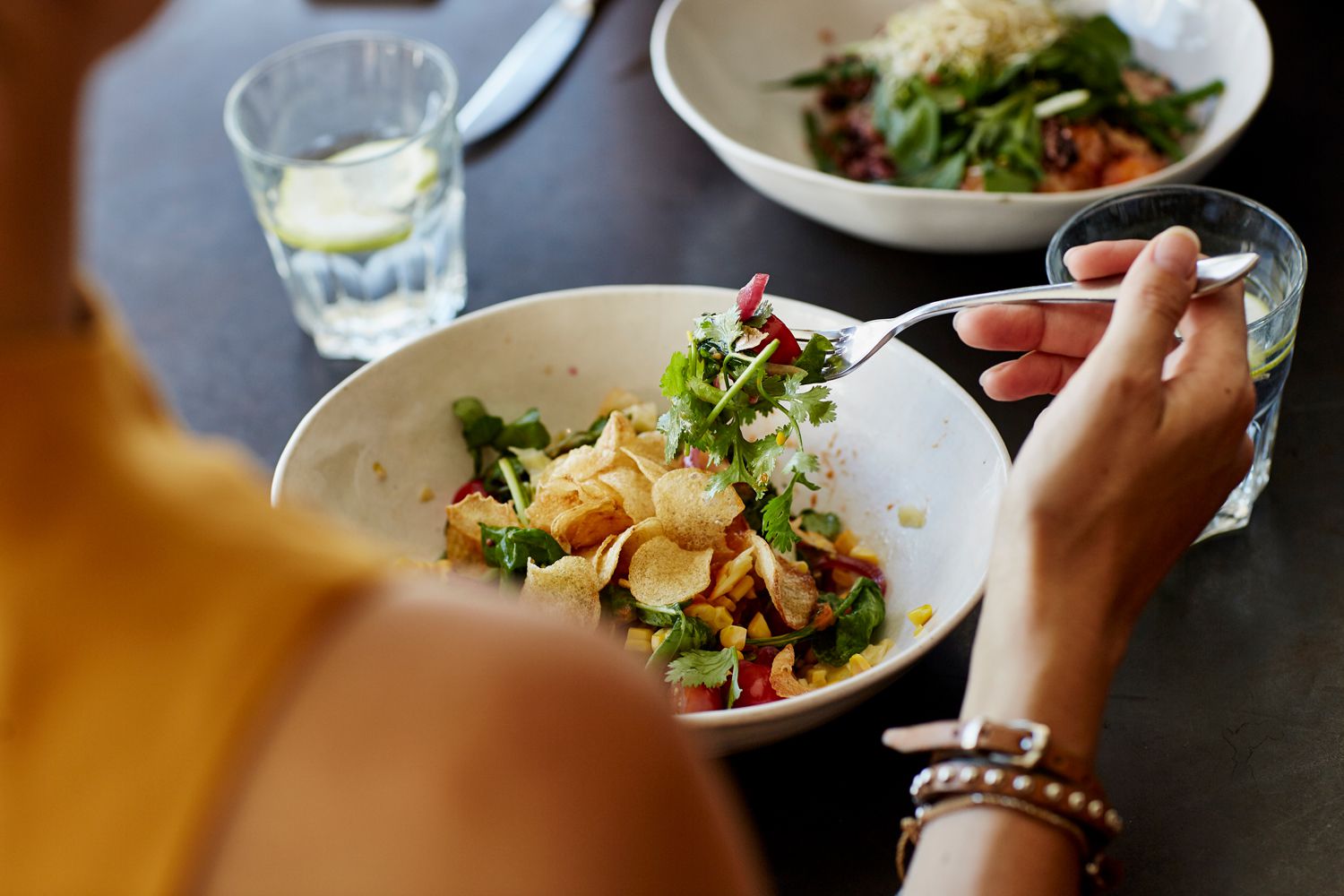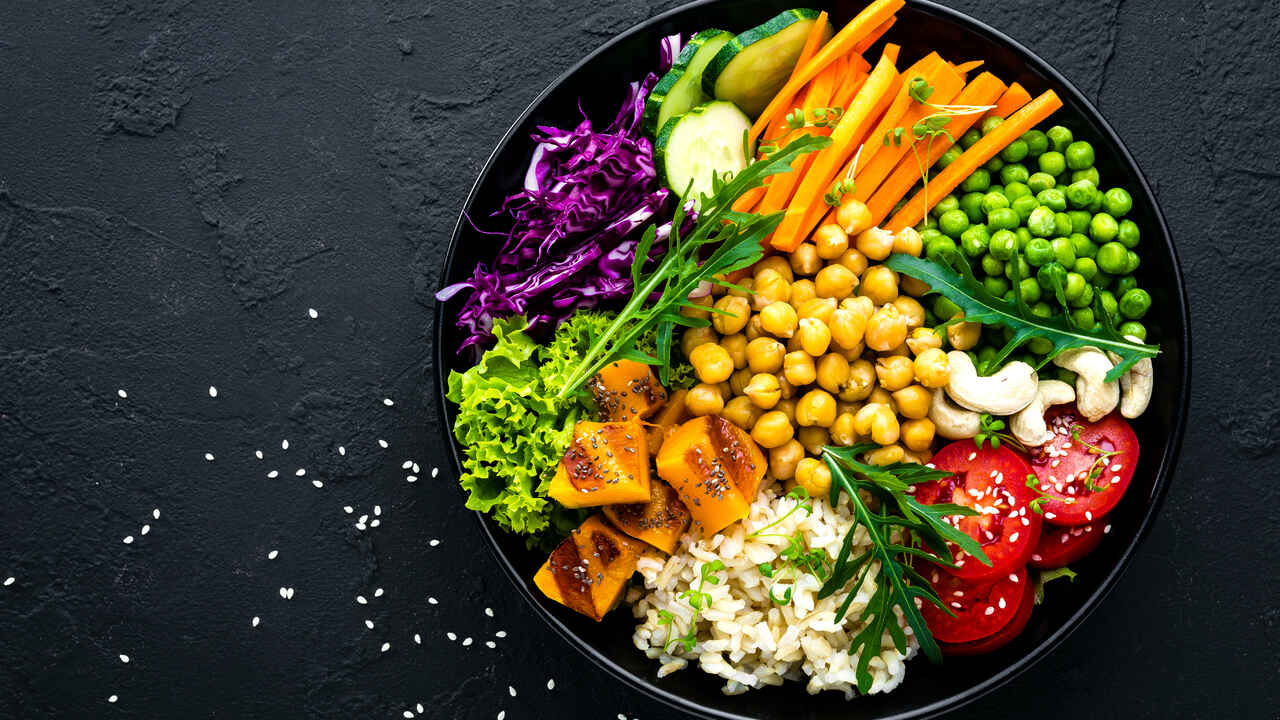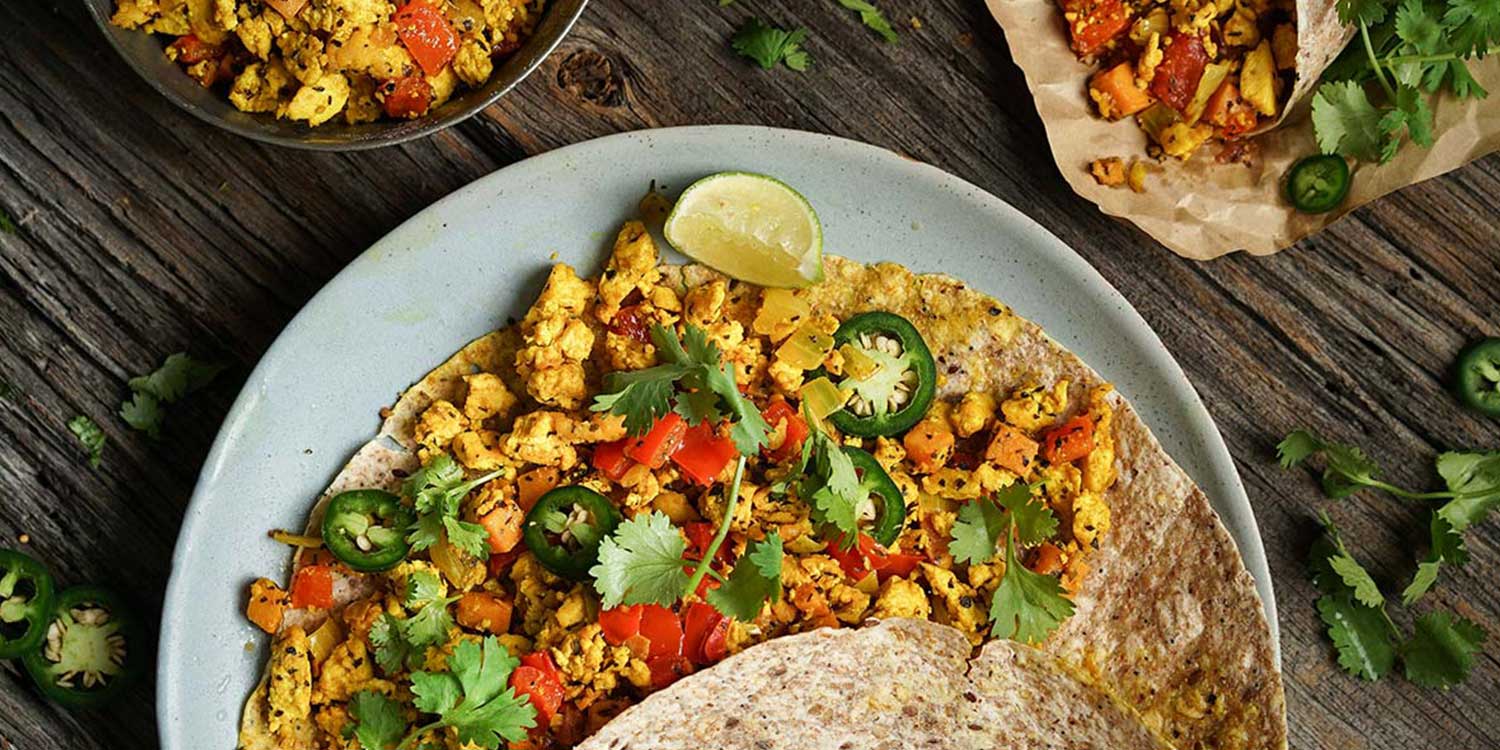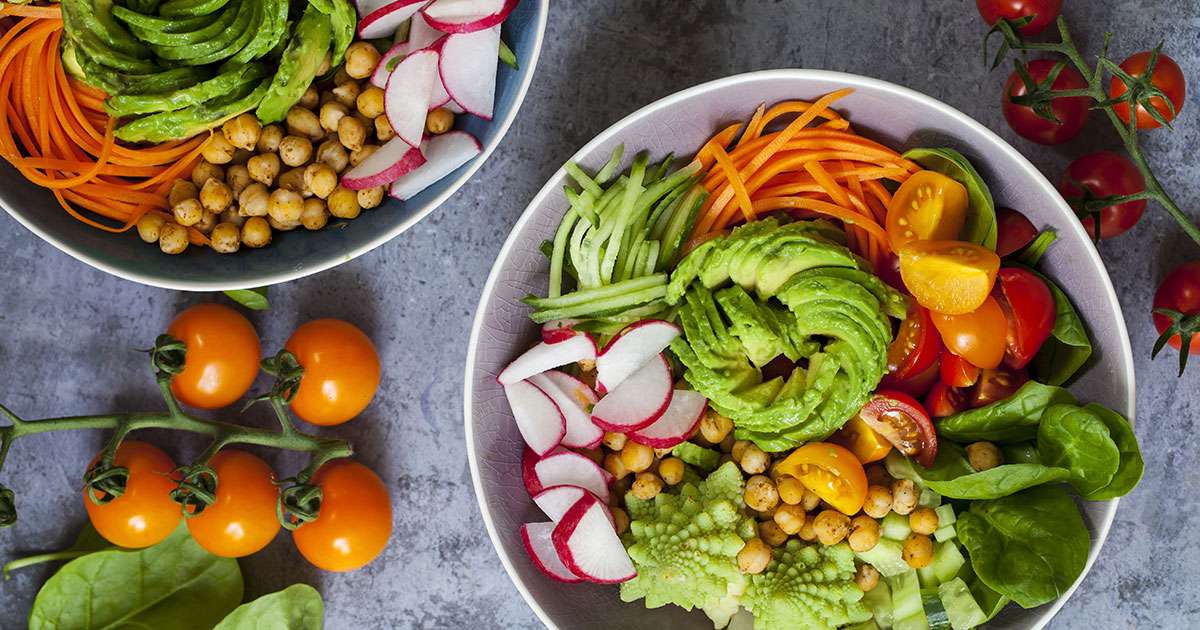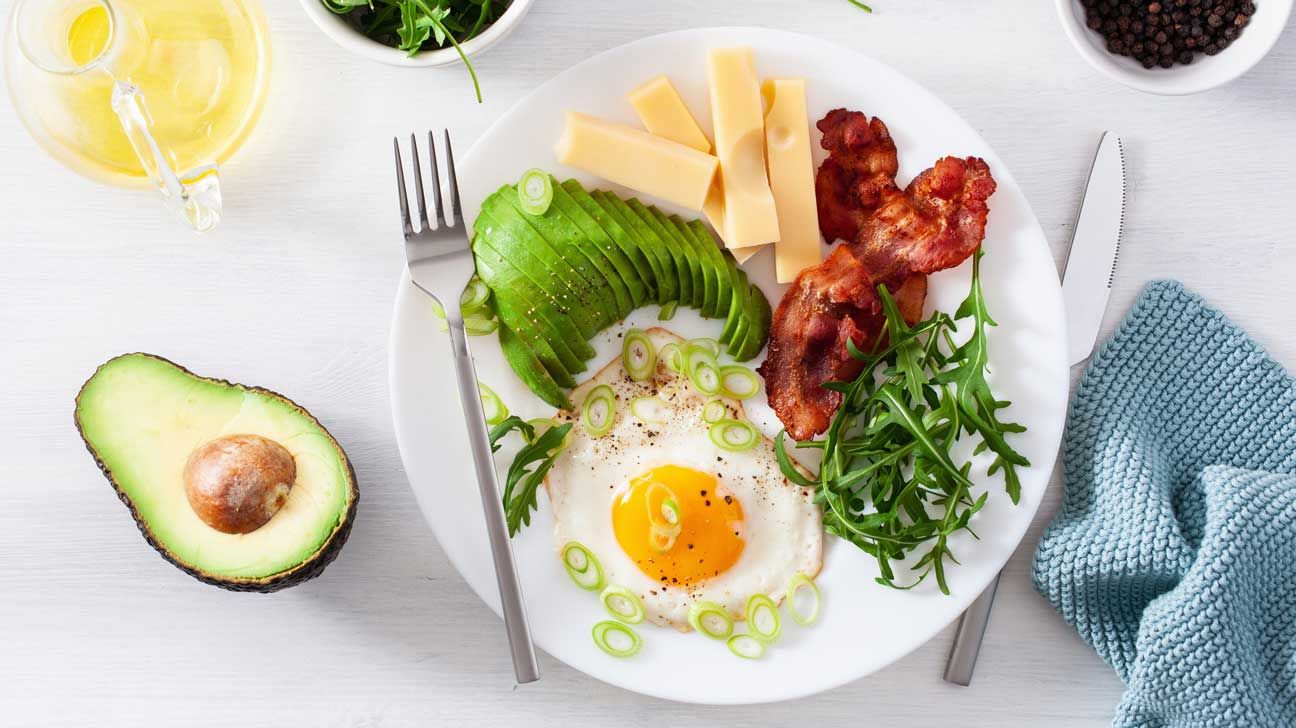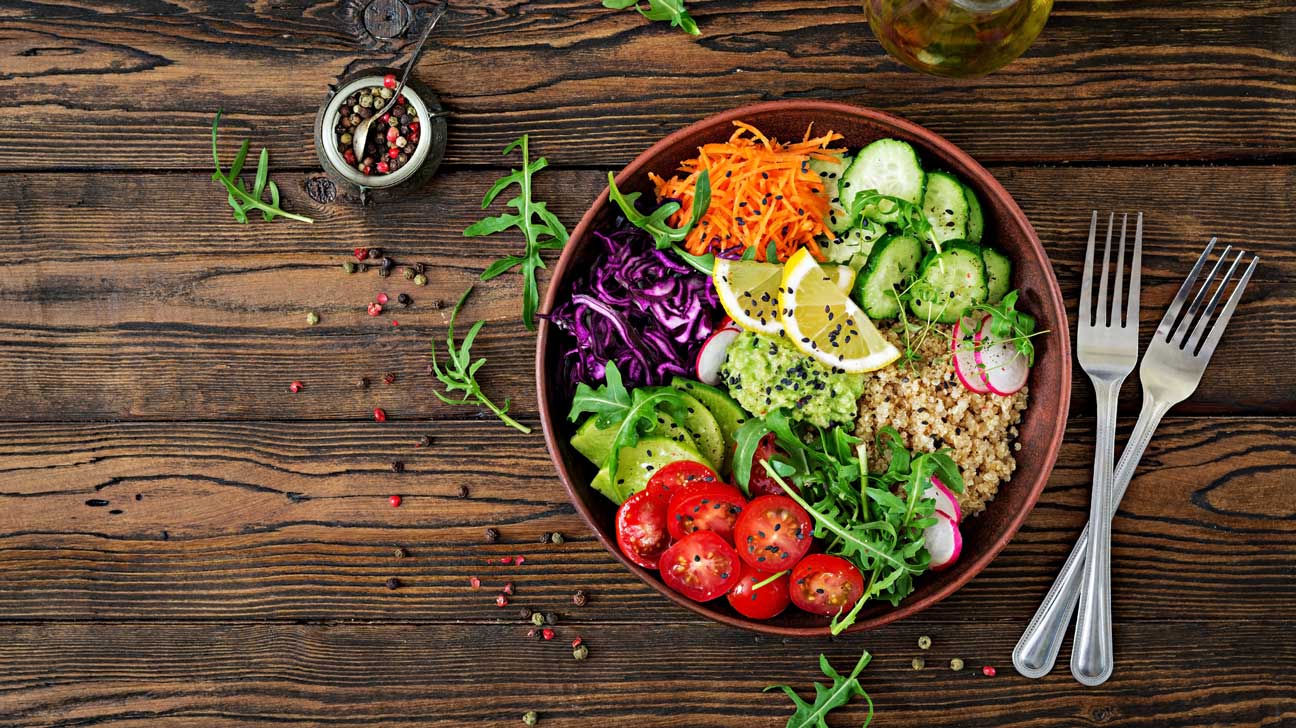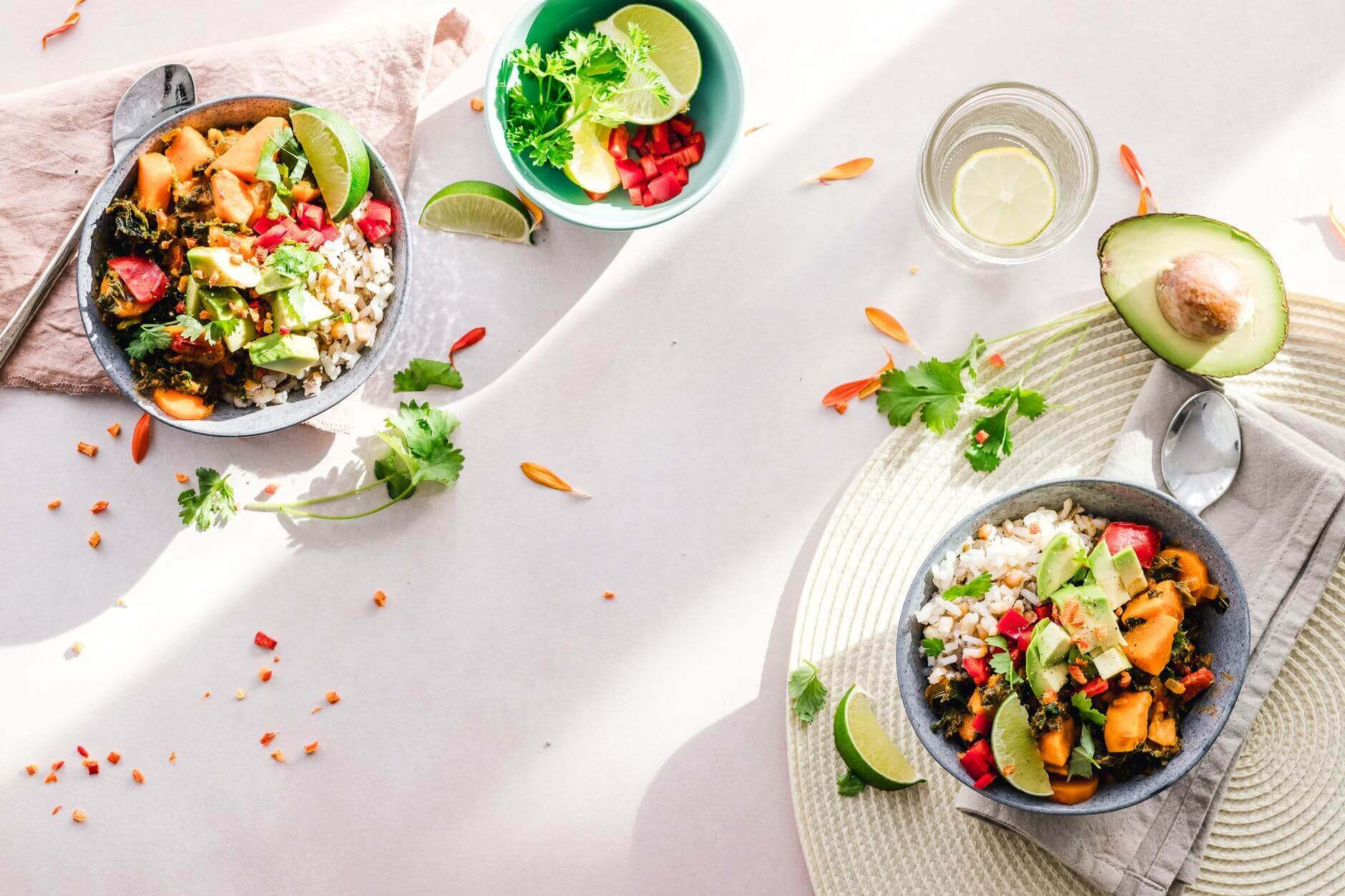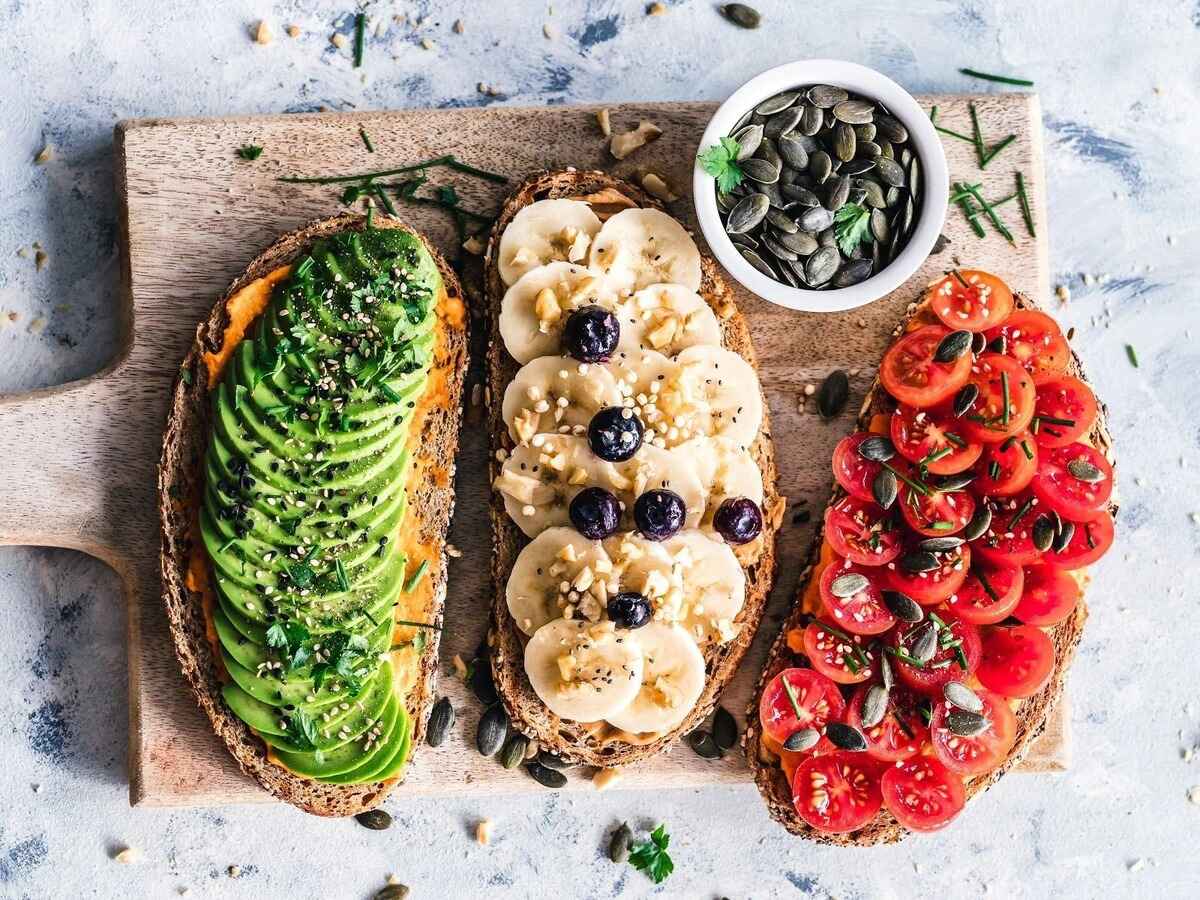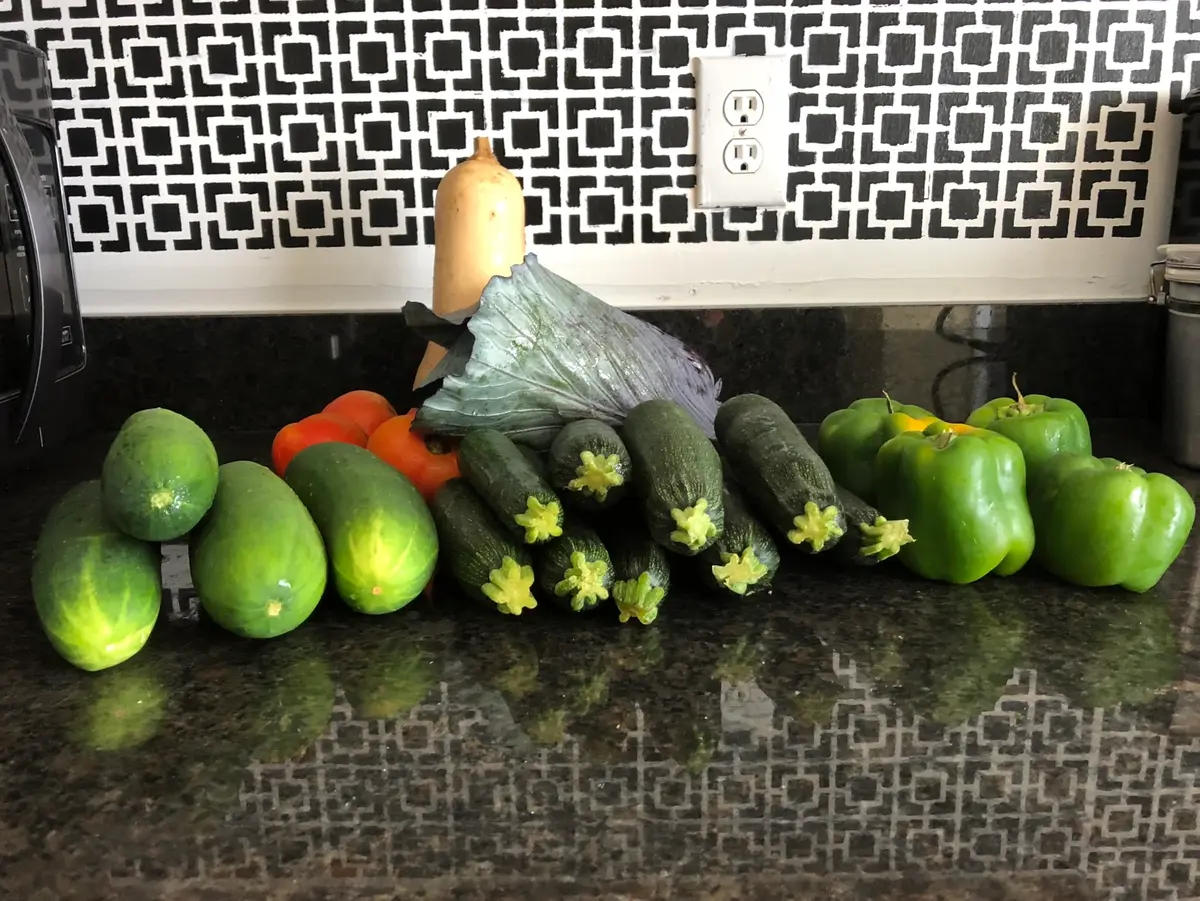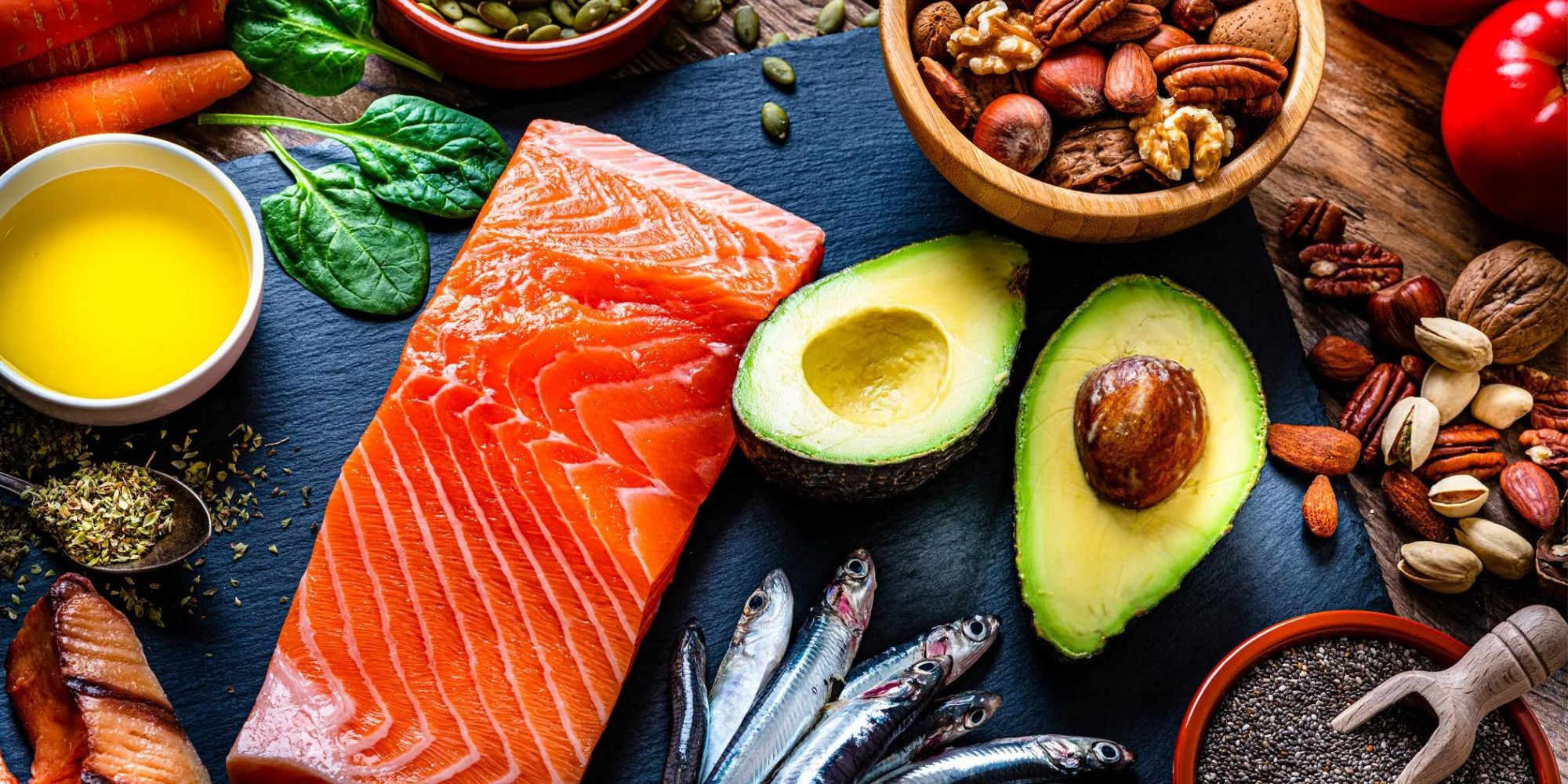How to Maintain a High Protein Vegan Diet
Following a vegan diet doesn’t mean you have to miss out on protein. With a little planning and knowledge, it’s entirely possible to maintain a high protein vegan diet. Here are some tips to help you get started:
Include a Variety of Protein Sources
One of the keys to a successful high protein vegan diet is to include a variety of protein sources in your meals. Some excellent options include:
- Legumes such as lentils, chickpeas, and black beans
- Quinoa, which is a complete protein
- Tofu and tempeh
- Edamame
- Nuts and seeds like almonds, chia seeds, and hemp seeds
- Seitan, a high-protein meat substitute made from wheat gluten
Plan Your Meals
Planning your meals in advance can help ensure that you’re getting enough protein in your diet. Take some time each week to plan out your meals and make sure they include a good balance of protein, carbohydrates, and healthy fats. This can help you avoid the temptation of reaching for less healthy, high-carb vegan options.
Don’t Forget About Supplements
While it’s entirely possible to get enough protein on a vegan diet, some people may find it helpful to supplement with protein powder. There are many plant-based protein powders available on the market that can be added to smoothies, oatmeal, or baked goods to boost your protein intake.
Snack Smart
When you’re following a high protein vegan diet, it’s essential to have some protein-rich snacks on hand for when hunger strikes between meals. Some great options include:
- Roasted chickpeas
- Trail mix with nuts and seeds
- Protein bars made from plant-based ingredients
- Edamame pods
Experiment with New Recipes
One of the best things about following a high protein vegan diet is the opportunity to experiment with new recipes and ingredients. There are countless vegan cookbooks, blogs, and websites that offer delicious and protein-packed meal ideas. Don’t be afraid to get creative in the kitchen and try out new dishes.
Final Thoughts
Following a high protein vegan diet is entirely achievable with the right knowledge and planning. By including a variety of protein sources in your meals, planning your meals in advance, considering supplements, snacking smart, and experimenting with new recipes, you can easily meet your protein needs while following a vegan lifestyle.
Remember, it’s essential to listen to your body and make adjustments as needed to ensure you’re getting enough protein and other essential nutrients. With a little effort and creativity, you can enjoy a high protein vegan diet that supports your health and well-being.
